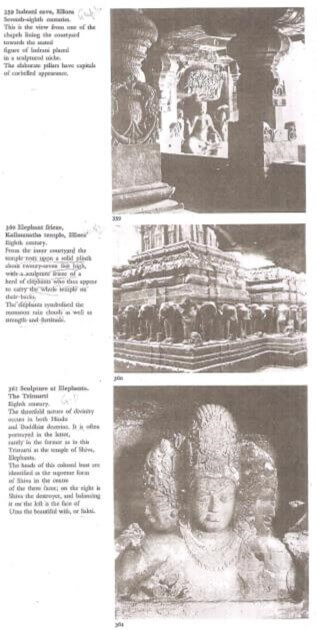History Of Cave Temples Assignment Help
The earliest form of Hindu structural temple consisted of a single cell with a small portico attached, supported by one or more pairs of columns. This remained the fundamental pattern of the temple, although it was subject to considerable expansion and decoration.
Important types of the Hindu structural temples were the Hindu cave temples cut in the western Deccan. The earliest of these were a group of small caves at Badami. These are remarkable chiefly for their extremely fine figure and iconic sculpture cut in very deep relief, but also for the elaboration of pillar types and their profiling. One of the points to which Hindu architects have always devoted the greatest attention is the supporting column. Far from attempting to establish a single formally perfect type, they have applied a great deal of invention and ingenuity to the multiplication of shapes of the capital, its decoration and profiling. Later, the pillar is even developed into a complex of figure sculpture.
The two main groups of Hindu caves are at Ellora and at Elephenta. At Ellora in the western Ghats, there is a large number of caves cut over a period of centuries; sixteen are Hindu. They are characterized by the extreme development of dramatic and vigorously mouvemente sculpture.
History Of Cave Temples Assignment Help By Online Tutoring and Guided Sessions from AssignmentHelp.Net
At Elephanta, an island adjacent to Mumbai, the great Shiva temple of the eighteenth century is well known. This is laid out on a cruciform plan with the centre occupied by a free-standing shrine for a phallic emblem se about with colossal guardian figures, while the near wall is occupied by the well known Trimurti.



